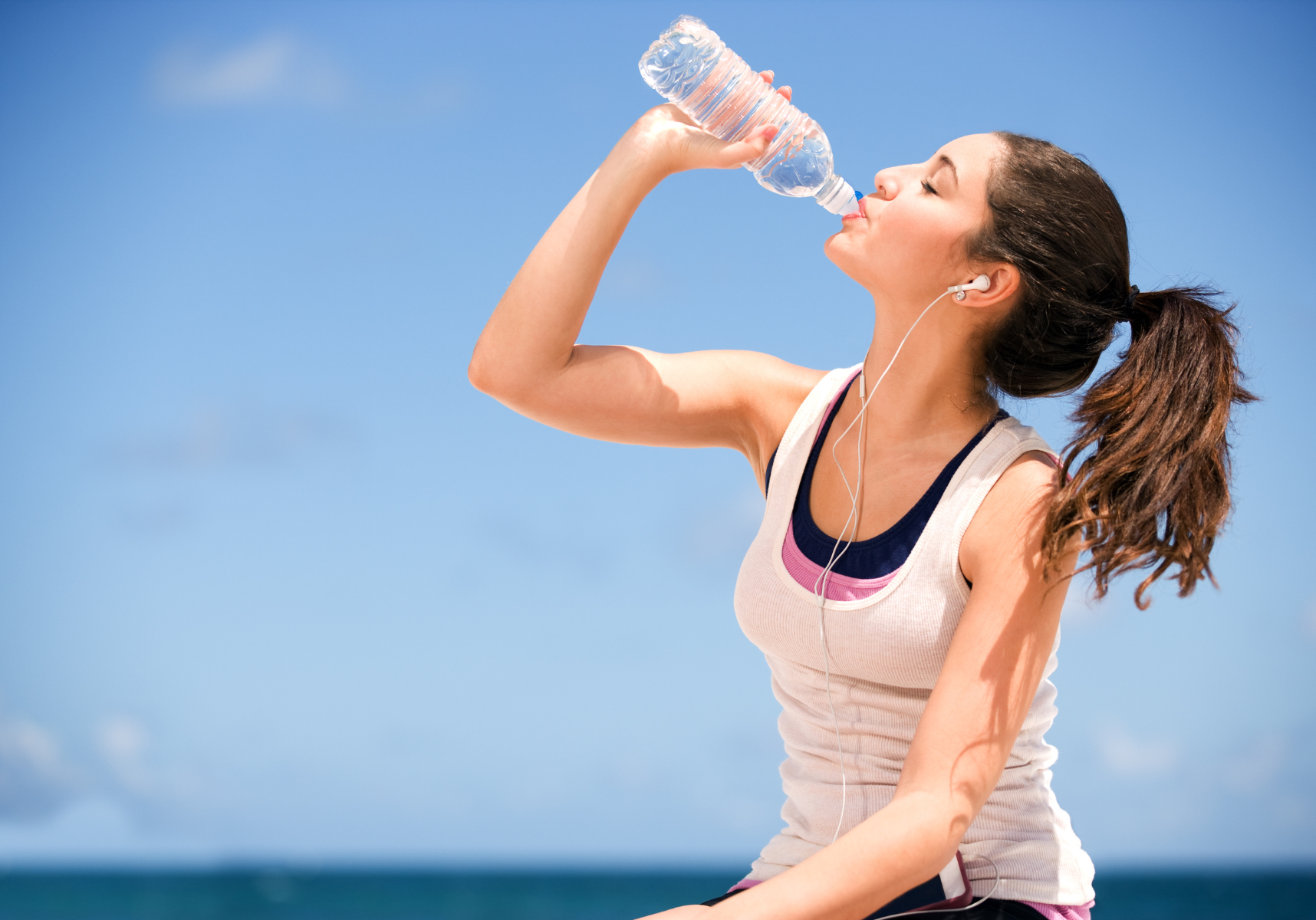
Hot Yoga and Hydration: How to Prevent Dehydration-Related Symptoms
Hot yoga makes you sweat - a lot. Learn how to stay safely hydrated before, during and after class so you feel energised, not drained.
Reading time: 4 minutes
Hot yoga is an incredible way to sweat, stretch and release — but it also demands a lot from your body, especially when it comes to hydration. With all that heat and movement, it’s easy to overlook the signs of dehydration until discomfort kicks in. Learn how to stay hydrated before, during and after class so you can feel strong, energised and glowing long after you roll up your mat.
Why Hydration Is Nonnegotiable in Hot Yoga
There’s no avoiding it — hot yoga makes you sweat buckets. With studio temperatures often soaring to 95 degrees or higher, your body works overtime to keep cool, meaning you lose water fast. When you’re even slightly dehydrated, you might feel lightheaded, unusually tired or like your limbs are heavier than usual. Many people assume it’s just part of the post-class experience — but often, it’s a hydration issue.
Staying properly hydrated helps your heart pump blood more easily, supports your muscles and joints, and balances your energy levels. It also improves your ability to focus and breathe deeply throughout your practice. In other words — it’s essential. Whether you’re flowing through a Vinyasa sequence or holding a long Warrior II, hydration allows you to move with power and clarity, not sluggishness and strain. Your body will thank you for thinking ahead.
Hydrate Before You Even Roll Out Your Mat
Think of hydration as part of your pre-yoga ritual — just like choosing your comfiest leggings or queuing up your playlist. Aim to sip water consistently throughout the day before your hot yoga session. Around 500 millilitres of water, one to two hours before class, gives your body time to absorb the fluids and regulate temperature more effectively.
Avoid chugging water right before class starts, though — it can leave you feeling bloated or nauseated in deep twists or folds. If your schedule is tight, go for small sips in the hour leading up to class. Bonus tip: Adding a pinch of salt or a slice of lemon to your water can help improve absorption and give you a little electrolyte edge without needing a full sports drink.
Sip Smartly During Class
Once you’re on the mat and the heat rises, it’s tempting to guzzle water between every pose — but resist the urge to gulp. Taking small, steady sips throughout class helps maintain hydration without overwhelming your stomach or distracting from your flow.
If you tend to sweat heavily, stick with room-temperature water or an electrolyte-infused drink. Some yogis swear by coconut water or herbal electrolyte blends, but plain water works just fine, too. If your studio allows it, keep your bottle close and sip mindfully during breaks or gentle poses. Hydration should support your practice, not interrupt it.
How to Properly Hydrate After Hot Yoga
Just because class is over doesn’t mean your hydration journey is. In fact, the most important rehydration happens after you’ve stepped off the mat. During a single hot yoga session, your body can lose over a litre of water — sometimes more — so replacing fluids and essential minerals like sodium, potassium and magnesium is key to your recovery.
Start with about 500 millilitres of water in the hour after class. If you’re still feeling drained, dizzy or mentally foggy, an electrolyte drink can help restore balance. Coconut water, mineral water or a pinch of sea salt in lemon water are all options that don’t rely on added sugars or artificial ingredients.
Hydration is cumulative. If you skip post-class fluids repeatedly, symptoms can build up over time. One of the key organs affected by dehydration is the kidneys, which filter waste from your body into urine. When you’re dehydrated, this waste builds up and causes issues like kidney stones or urinary tract infections.
Nourish With Hydrating Foods
Water isn’t the only way to rehydrate — your food choices play a surprisingly big role, too. After class, reach for snacks that are rich in water and minerals to help support fluid balance naturally. Cucumber, watermelon, strawberries, celery and oranges are all great choices. These juicy picks can cool you down and support digestion at the same time.
Add in potassium-rich foods like bananas, leafy greens and sweet potatoes to help balance out the sodium lost in your sweat. A smoothie with fruit, greens, chia seeds, and water or coconut water is a great post-yoga option that hits all the right notes.
Know When You’re Not Hydrated Enough
Sometimes, dehydration shows up subtly. You might feel irritable, lightheaded or sluggish — even if you’ve been drinking water. Other signs include a dry mouth, dark yellow urine or a headache that sneaks in a few hours after class.
If you ever feel dizzy or disoriented mid-practice, pause in a resting position, like child’s pose, and take a few slow sips of water. After class, continue hydrating and eat something nourishing. Listening to your body is part of the yoga journey. Recognising the early signs of dehydration helps you stay in time, both on and off the mat.
Nama-Stay Hydrated
Hot yoga is all about heat, flow and inner life. However, without proper hydration, you’re just turning up the temperature without the fuel to keep glowing. From your first sip before class to hydrating snacks after Savasana, every drop counts. Staying hydrated isn’t just about avoiding discomfort — it’s about unlocking your best, most energised self on the mat. So next time you roll out your yoga towel, remember that when you need to sip, you’ll be ready.





